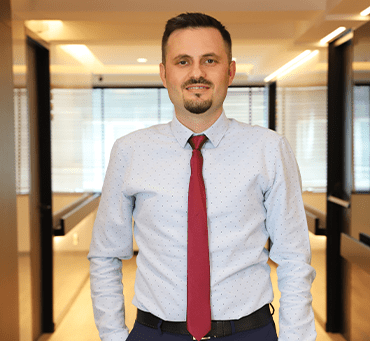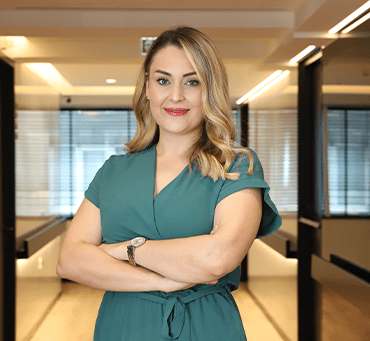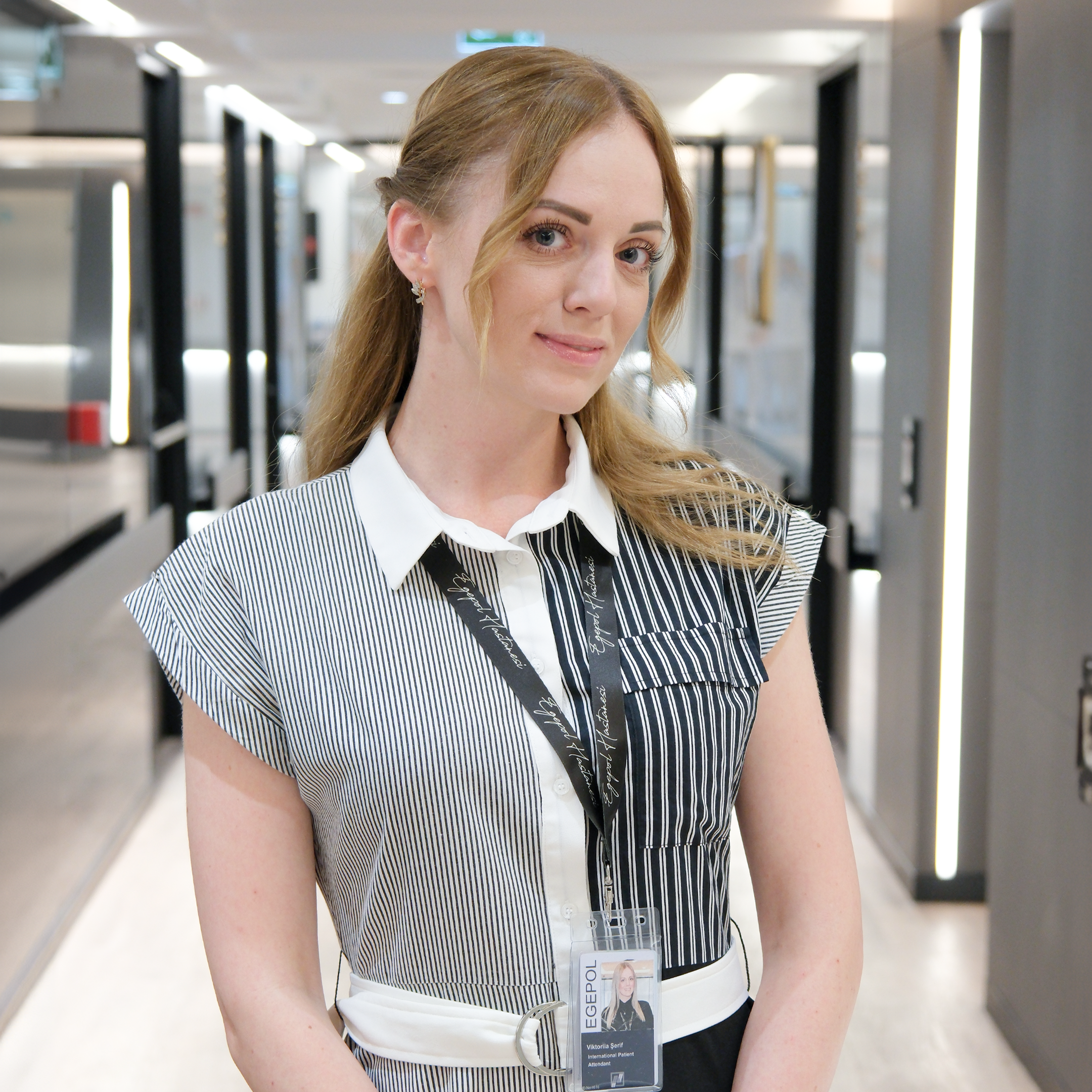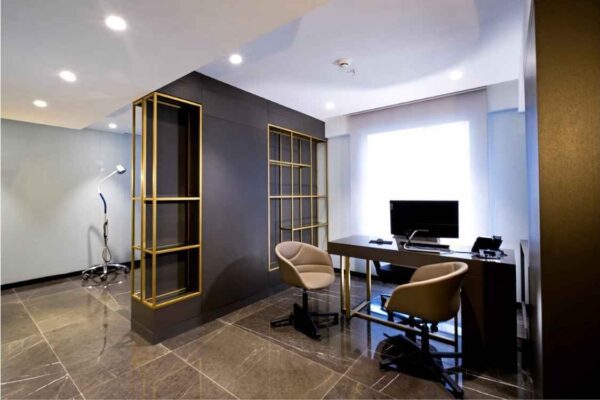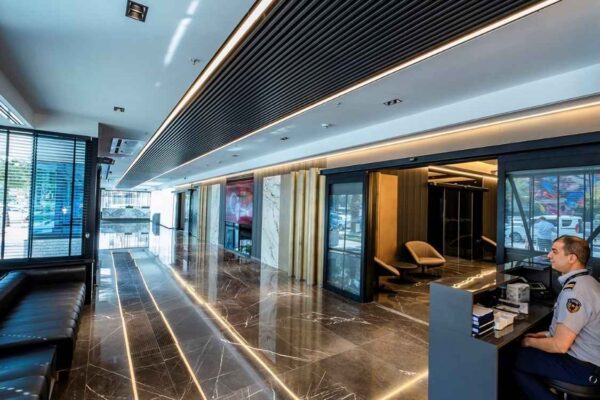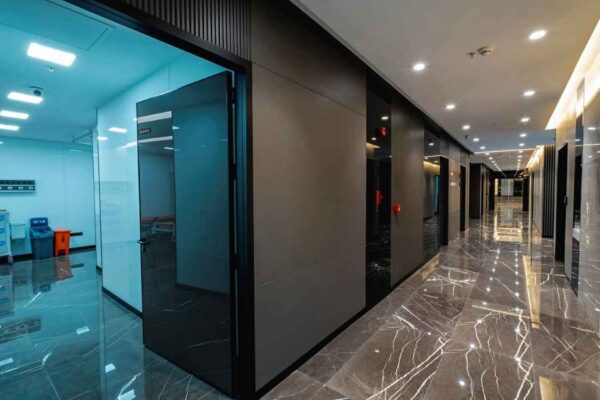One of the most prevalent facial birth defects worldwide is cleft lip, a congenital disorder defined by a gap or split in the upper lip. Although it does not directly endanger a child’s health, it can have a substantial negative effect on their quality of life and self-esteem. Fortunately, because of advancements in medical science, cleft lip can now be fixed through a number of procedures and treatments. For those looking for cleft lip treatment, Turkey, known for its growing medical tourism industry and qualified medical personnel, has grown in popularity. This essay will examine the fundamentals of cleft lip, the methods used to heal it, and the benefits of traveling to Turkey for this life-changing experience.
What is Cleft Lip?
A newborn’s facial anatomy is impacted by the congenital abnormality known as cleft lip. It is one of the most prevalent and well-known birth malformations in the world. This problem happens when the tissues that make the lip do not join together completely during fetal development, leaving a gap or split in the top lip. The degree of a cleft lip can range from a little notch to a large gap that extends into the gum and nose. It might affect only one side of the upper lip unilaterally or both sides bilaterally.
The key characteristics of cleft lip include:
- Gap in the Lip: An obvious gap or cleft in the top lip is the defining characteristic of cleft lip. This opening can vary in size and shape; some people have a little notch, while others have a larger split that reaches into the nostril.
- Unilateral or Bilateral: Cleft lips can affect either one or both sides of the upper lip (bilateral). Individual differences may exist in the frequency and seriousness of the cleft.
- Associated Cleft Palate: When there is a gap in the palate (the roof of the mouth), there may also be a cleft lip present. This combination of cleft lip and cleft palate can pose particular difficulties and usually calls for more thorough treatment.
- Variability: Each affected person’s cleft lip may present differently. Others may have a more significant cleft that affects both function and look, while some may only have a little cleft that solely affects the lip’s appearance.
How is Cleft Lip Treated?
A multidisciplinary team of medical experts, including pediatricians, plastic surgeons, ear, nose, and throat specialists, speech therapists, and orthodontists, usually works on the comprehensive and phased treatment of cleft lip. The main objective of cleft lip treatment is to improve speech, appearance, and functional outcomes while also offering emotional support to the kid and their family.
The treatment of cleft lip involves the following key components:
- Surgical Repair: The cornerstone of treating cleft lips is surgery, which is often done when the child is a few months old, depending on their general health. The purpose of the surgery is to repair the muscles, cover the gap in the upper lip, and give the lips their more typical appearance. Depending on the particular form of cleft and the needs of the kid, the timing and method of surgery may change.
- Cleft palate repair: In certain people, a cleft lip also develops along with a cleft palate, which is characterized by a hole in the roof of the mouth. To seal the palate and enable optimal speech and eating development, this problem may necessitate separate surgical intervention.
- Speech Therapy: Since children with cleft lip and palate may have trouble speaking owing to the gap in the palate, speech therapy is a crucial component of cleft lip and palate treatment. Children that need help with their speaking and articulation are seen by speech therapists.
- Orthodontic Care: Orthodontists are essential to the long-term treatment strategy because they make sure that the child’s teeth and jaw align properly as they grow. To address oral difficulties related to cleft lip, orthodontic therapy may entail braces or other measures.
- Psychological and Emotional Support: Cleft lip treatment takes into account the condition’s emotional toll on the child and their family. Social professionals and psychologists frequently offer assistance to families in navigating the difficulties brought on by cleft lip and creating a strong support system.
It is crucial to remember that, in order to get the greatest results, cleft lip therapy is a continuous procedure that may involve several operations and therapies throughout childhood and adolescence.
Advantages of Cleft Lip Treatment in Turkey
There are a number of strong reasons to choose Turkey for cleft lip treatment:
- Expertise: Turkey is home to a number of medical specialists with considerable training in the management of cleft lip and palate. These specialists are renowned for their skill in delivering all-inclusive care and obtaining superior outcomes.
- Cost-Efficiency: Turkey is a desirable alternative for people seeking a budget without sacrificing healthcare quality because medical operations there are frequently far less expensive than in Western nations.
- Advanced Medical Facilities: Modern medical facilities in Turkey ensure that patients receive the most recent developments in surgical methods and tools. Turkish hospitals and clinics are outfitted with cutting-edge technology.
- Multidisciplinary Approach: In order to provide comprehensive care, including surgical, speech, dental, and psychological support, a multidisciplinary team of healthcare specialists is frequently used in Turkey for treating cleft lips.
- Supportive Environment: Many Turkish hospitals place a high priority on patient comfort and individualized care, making sure that clients and their families feel well-supported throughout their journey through the cleft lip treatment process.
Turkey is the perfect location for anyone seeking cleft lip therapy due to its combination of medical skill, cutting-edge facilities, and affordability. Every child born with a cleft lip has the chance to smile with self-assurance and have a happy life because of the sensitive treatment given by Turkish medical professionals.
Our Team
Our Hospital
Atilla, Halide Edip Adıvar St.
No:57, 35270 Konak/İzmir





